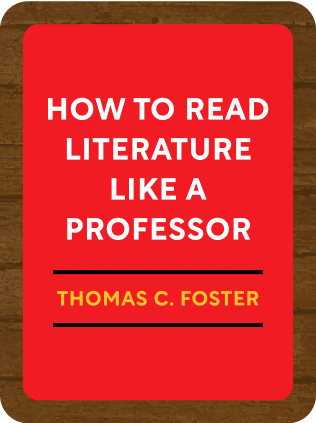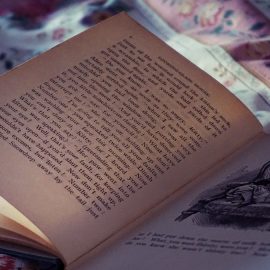

This article is an excerpt from the Shortform book guide to "How to Read Literature Like a Professor" by Thomas C. Foster. Shortform has the world's best summaries and analyses of books you should be reading.
Like this article? Sign up for a free trial here .
What are the two secondary character archetypes in literature? Why can’t every character be rounded out?
There are two main secondary character archetypes in literature: the round character and the flat character. Round characters have backstories, emotions, and growth while flat characters are just there to aid the protagonist.
Keep reading to learn more about secondary characters in literature.
Secondary and Minor Characters
Minor characters may also be archetypes in literature. A story’s plot is intimately connected with its characters.
There is a cyclical way of looking at it: The plot is driven by the nature of the character, and the nature of the character is revealed in their actions throughout the plot.
But it is important to remember that not all character archetypes are equal in the eyes of the author. Characters fall somewhere on a spectrum from round to flat.
- Round characters are three-dimensional. They’re given backstories, strengths, weaknesses, likes, dislikes, and contradictions. They grow and change throughout a story.
- Flat characters lack development. They are only used as a means of getting the protagonist to his ending.
Why don’t authors make all their characters round?
- Labor: It would take too long to write that much detail into every character.
- Length: Books would be considerably longer.
- Purpose: Flat characters are easier for the reader to define. For example, if the villain in a story is given good characteristics, as well as evil ones, the reader might have a hard time discerning the character’s purpose in the narrative.
- Focus: If every character were fully developed, the reader would have a hard time understanding who the true protagonist of the story was meant to be.
So secondary and minor characters in literature are usually flat, and their purpose is simply to help the hero reach his destiny. We often forget about these characters when they’re not on the page.
Don’t Stand Next to the Hero
Unfortunately for many archetypal, secondary characters, especially sidekicks and best friends, their role in the story is usually fatal. But why?
In order to keep the reader’s attention, things have to happen in a story. Characters have to change, grow, and develop. If the plot needs something dramatic to happen, a character must often be sacrificed. But the author can’t kill off the protagonist if the story is going to continue, so he kills the best friend instead.
Examples:
- In Romeo and Juliet, Shakespeare needs the conflict between the Capulets and the Montagues to reach the point of no return. But he can’t very well kill off Romeo (yet). Instead, he kills Mercutio.
- In the film Top Gun, Maverick’s mix of risk-taking and confidence leads to the death of his best friend Goose. This teaches him the fragility of life.
The death of the friend in literature is used to create the need for rage and/or revenge. It’s also a dramatic way for the protagonist to learn the life lessons he needs.
It might not seem fair, but when you read like a professor, you’ll learn not to view characters as people and not to put too much focus on your emotional responses to them. Rather, intelligent readers analyze the character’s purpose within the narrative.

———End of Preview———
Like what you just read? Read the rest of the world's best book summary and analysis of Thomas C. Foster's "How to Read Literature Like a Professor" at Shortform .
Here's what you'll find in our full How to Read Literature Like a Professor summary :
- How to get more out of the novels that you read
- Why you should focus on memory, symbols, and patterns to understand literature better
- Why sex scenes aren't always about sex






